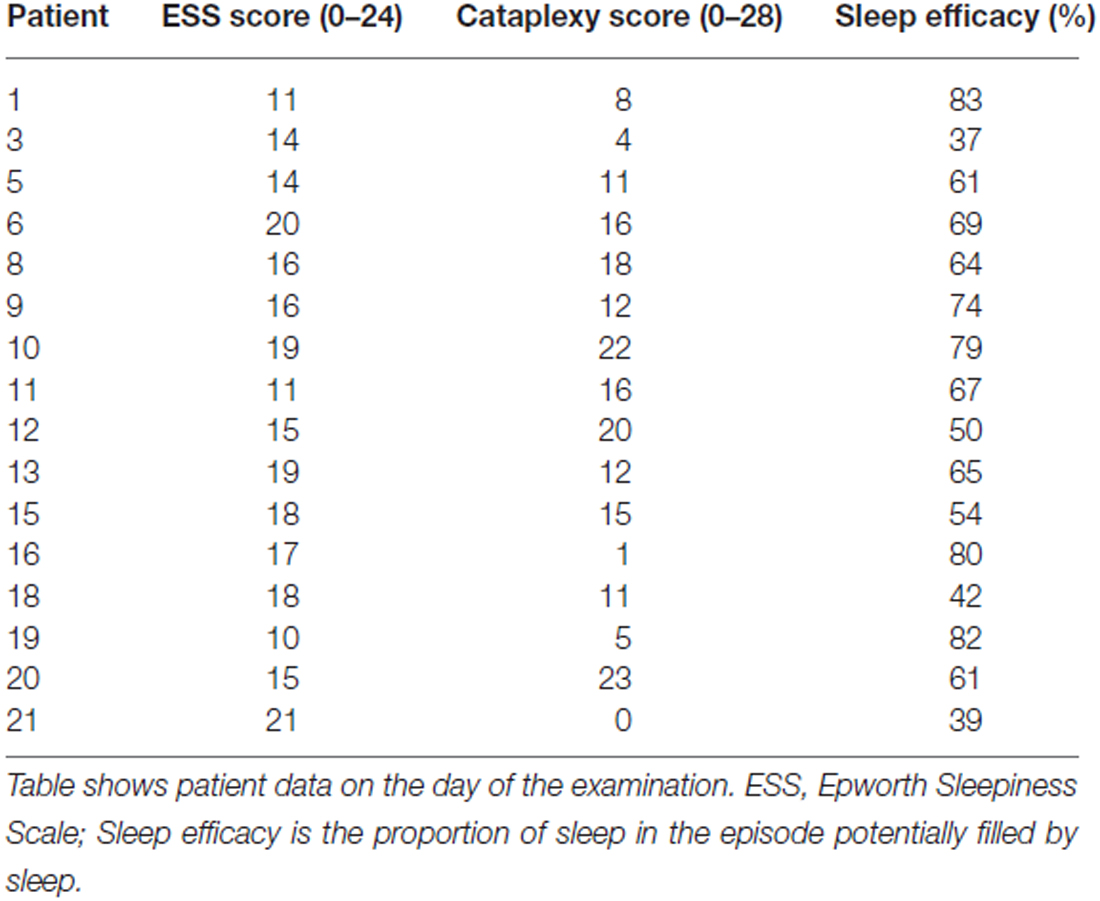


In a typical cataplectic attack, there is sudden, spontaneous, and bilateral loss of voluntary muscle tone.

Ĭataplexy is pathognomonic for narcolepsy. Hcrt-producing neurons stimulate brain regions that inhibit rapid eye movement (REM) sleep and extensive loss of Hcrt neurons causes dissociated REM sleep, the most dramatic manifestation of which is cataplexy. Hcrt deficiency decreases activation of the cortex, basal forebrain, hypothalamus, and brainstem by reducing excitation of neurons synthesizing wake-promoting neurotransmitters such as norepinephrine (NE), dopamine (DA), serotonin (5-HT), and histamine. The cause of the sleepiness in narcolepsy, particularly patients classified as the NT1 subtype which is associated with cataplexy, is due to loss or severe reduction of the number of Hcrt cells in the hypothalamus. Narcolepsy also confers a substantial socioeconomic burden with nearly double utilization of healthcare resources, increased costs to employers due to work absence and short-term disability, and costs to patients with increased job loss and unemployment. In narcolepsy, sleepiness is characterized by a daily underlying irresistible drive for sleep that is associated with impaired cognitive ability, reduced psychosocial functioning and quality of life that puts patients at risk of workrelated, home, or automobile accidents. EDS is not specific to narcolepsy, occurring across a variety of disorders and can be due to loss of habitual nighttime sleep, sleep fragmentation, a circadian sleep-wake disorder, a primary neurological disorder, or sedating drugs. Narcolepsy is a neurological disorder of hypersomnia and its associated EDS and cataplexy are disabling to many patients. The objectives of this manuscript are to review the clinical characteristics of narcolepsy, describe the neurophysiological, immunogenetic, and biochemical pathways involved in its etiology and symptomatology, provide an overview of current and novel therapies and their mechanisms of action, and to discuss future directions in the management of this disorder. While the hypocretin (Hcrt)/orexin pathway has been established in the etiology of narcolepsy, translational neuroscience now provides evidence on how positive emotions promote cataplexy and how alerting medications used to treat EDS and cataplexy influence the underlying neural circuitry. Narcolepsy is characterized by excessive daytime sleepiness (EDS) and is classified as type 1 or 2 (NT1 and NT2, respectively) based on the presence or absence of cataplexy or hypocretin/orexin deficiency. Consequently, novel medications and treatment strategies aimed at preserving and/or modulating Hcrt/orexin–LC circuit integrity are warranted in narcolepsy/cataplexy.Īpproximately 1 in 2000 people are diagnosed with narcolepsy and more than 50% of patients report that their first symptoms occurred before 16 years of age. Agents that increase catecholamines and/or LC activity may mitigate EDS and cataplexy by elevating NE regulation of GABAergic inputs from the amygdala. LC NE neurons are integral to sleep/wake regulation and muscle tone reduced excitatory input to the LC due to compromise of Hcrt/orexin neurons (likely due to autoimmune factors) results in LC NE dysregulation and contributes to narcolepsy/cataplexy symptoms. Enhanced catecholamine availability and regulation of locus coeruleus (LC) norepinephrine (NE) neuron activity is likely central to the therapeutic activity of most of these compounds. Clinical trials have demonstrated efficacy for the following classes of drugs as narcolepsy treatments: alerting medications (amphetamine, methylphenidate, modafinil/armodafinil, solriamfetol ), antidepressants (tricyclic antidepressants, selective serotonin reuptake inhibitors, serotonin-norepinephrine reuptake inhibitors), sodium oxybate, and the H 3-receptor inverse agonist/antagonist pitolisant. Although only a few drugs have received regulatory approval for narcolepsy to date, treatment involves diverse medications that affect multiple biochemical targets and neural circuits. Excessive daytime sleepiness (EDS) and cataplexy are common symptoms of narcolepsy, a sleep disorder associated with the loss of hypocretin/orexin (Hcrt) neurons.


 0 kommentar(er)
0 kommentar(er)
